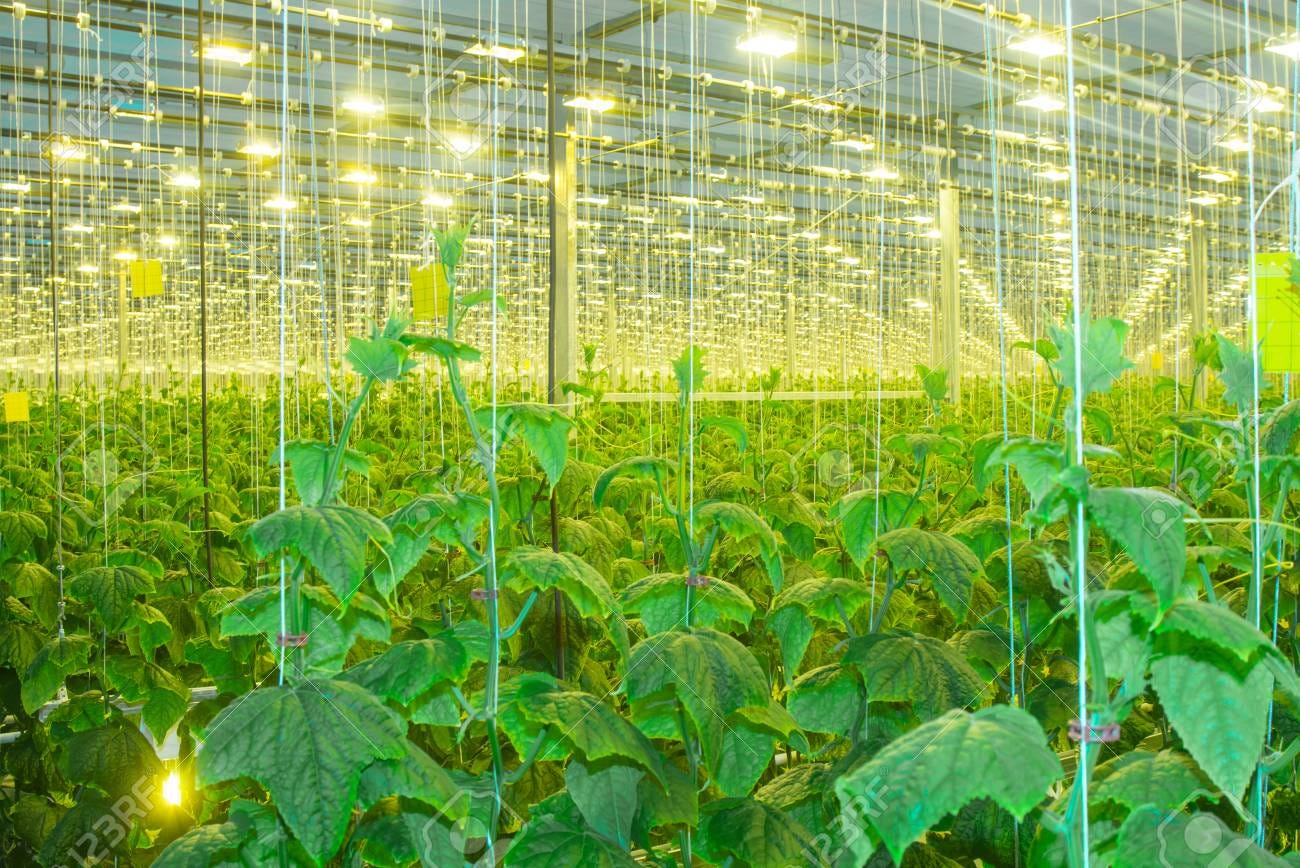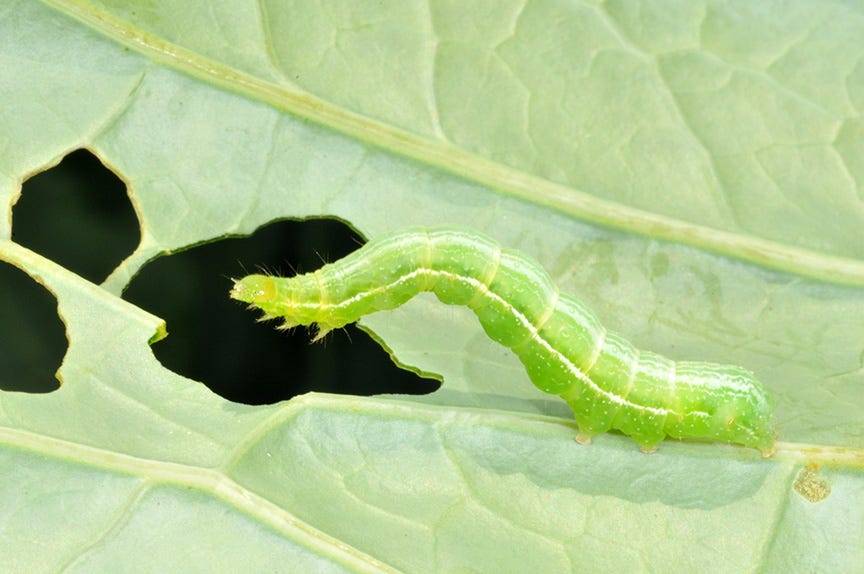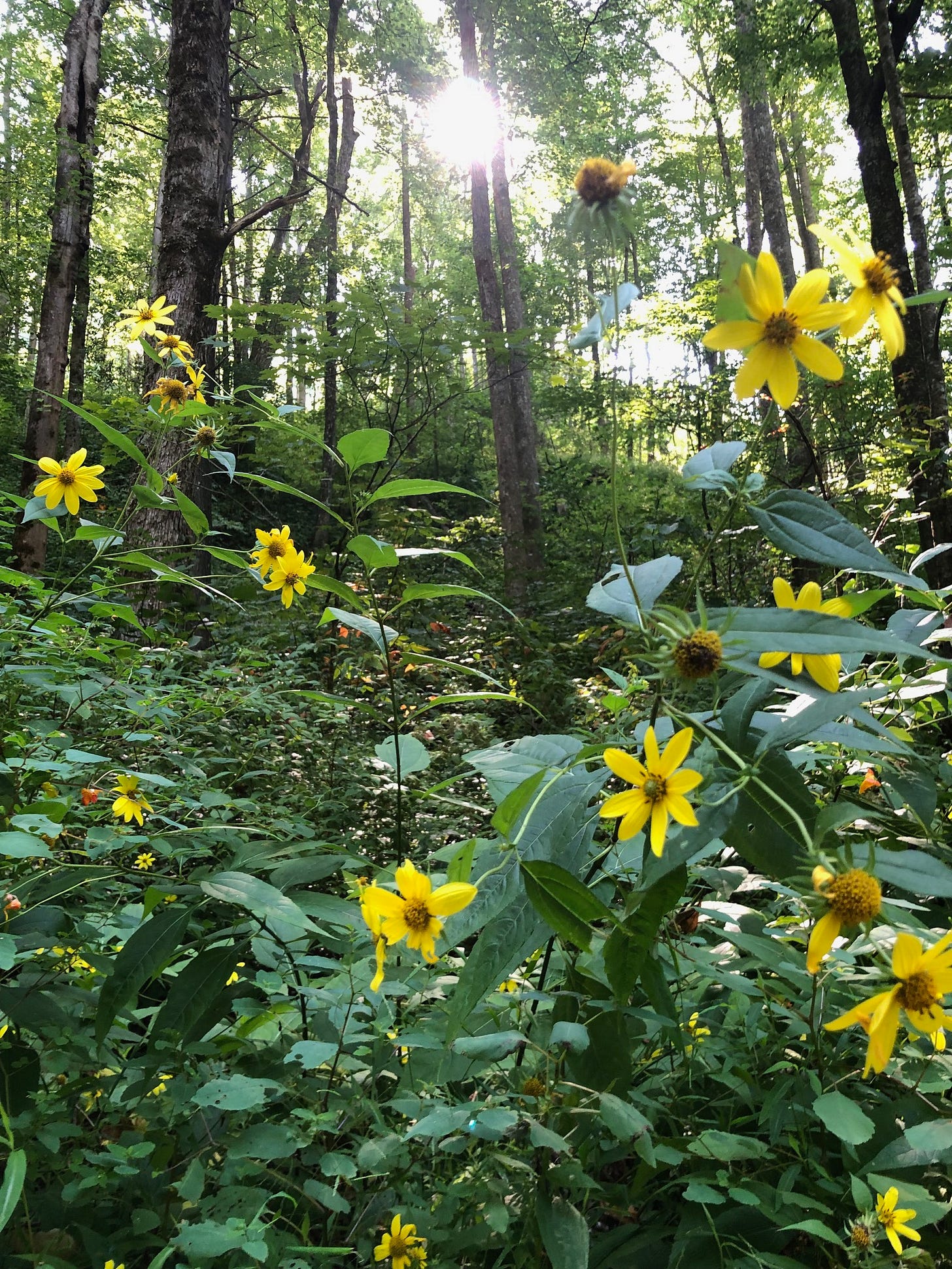This week’s question comes from Andrew, who asked this question after we saw a news story about cops busting a marijuana grow house. Oftentimes these operations are noticed by cops because of the extremely high electricity bills they produce from having their growing lights on at all hours.
Andrew wondered – is that actually good for plants, to have 24 hours of light? Do plants need some down time just like we humans do?
In the future, when we populate Mars or the Moon, we’ll have to produce our own food in some sort of greenhouses, and it’s possible we might even need to do that here on Earth before too long as humans take up more space and contaminate the air. Is it possible to grow “monster” plants simply by leaving the lights on for 24 hours? Could we create warehouses with tomatoes and peppers that don’t know winter has arrived and just keep on growing and producing? Or, is there a limit to what plants can do in a 24-hour period because they need to rest?
Do plants need to sleep?
When humans sleep, our bodies use this down time to process daily experiences and clear out waste from our brain cells. We also produce certain hormones and pump up our immune systems. We have adapted to our planet’s day and night cycle by developing a circadian rhythm that causes us to produce sleepy melatonin when daylight wanes and wake up once the sun hits our eyelids.
Plants don’t actually “sleep” in the same way that humans do. They don’t dream or process their traumas during the nighttime hours. However, they do behave differently when the sun sets because they also have developed a circadian rhythm. As you probably know, plants produce their own food by using chlorophyll and sunlight to produce sugars in a process called photosynthesis. They produce oxygen as a byproduct of this process, which is of course a great benefit to those of us with lungs.
Without sunlight, this process stops. During the night, plants take a break from producing oxygen and actually reverse the entire process – as they break down the glucose they created during the day into usable packets of energy, they actually take in oxygen and put off carbon dioxide, much like we do. The good news is, plants overall absorb much more carbon dioxide than they put off.
So, plants NEED this down time to convert glucose to energy and to grow, oftentimes in height, during the night. How can they tell it’s night? Plants have photoreceptors that allow them to sense light wavelengths and thus detect the length of days and nights even as it changes over the seasons. This is important because they must make their glucose last overnight until the next morning, when photosynthesis can start up again. Plants that miscalculate and run out of food before dawn undergo “carbon starvation.”
At least one plant uses circadian rhythms to protect itself as well. Arabidopsis, a close relative of cabbage, has found a unique way to fend off cabbage looper caterpillars. Each day, before the caterpillars arrive for breakfast, the plant puts off a nasty-tasting hormone that makes its leaves bitter to the taste (and, incidentally, might factor in to future cancer treatment). This hormone recedes during the nighttime when the pests are no longer around. When scientists altered the plants’ circadian rhythm by reversing their day/night schedule, the plants were unable to protect themselves. In other words, the plant can tell time.
Even weirder – when Janet Braam, a plant biologist at Rice University working on this study, mentioned the findings to her son, he joked that the best time to eat cabbage must be at night when they weren’t full of bitter hormone. This prompted her to buy several heads of cabbage, leaving some in her refrigerator and some out so they maintained exposure to daylight. She found that the caterpillars ate much more cabbage that had been cooped up in her fridge – it was no longer putting off the protective hormone like the cabbages left on the countertop.
Just to be clear, this was happening with cabbage that had been picked days before. “When we harvest them, they’re still metabolizing,” she says. “They’re still alive.”
Admit it, that’s a little creepy.
But it makes sense – apples and bananas continue to ripen on your countertop and pieces of root vegetables like potatoes and rutabagas can grow into new seedlings if planted. The cells of fruits and vegetables stay active and alive for days after harvesting. It’s not just cabbages that continue to protect themselves from insects after picking – zucchini, blueberries, spinach, carrots and sweet potatoes all have insect-fighting properties that correlate to sunlight. "Perhaps we should be storing our vegetables and fruits under light-dark cycles and timing when to cook and eat them to enhance their health value," says Dr. Braam.
So then what about greenhouses that use artificial lighting? Are they completely messing up plants’ circadian rhythms?
Most greenhouses that use artificial lighting do so to extend the growing season. But they don’t usually flood their plants with 24 hours of white light. When plants in a greenhouse are exposed to more than 17 hours of light the plants begin to become stressed -- they exhibit leaf chlorosis (yellowing of the leaves due to loss of chlorophyll), reduced photosynthesis, and they produce fewer vegetables.
Therefore, greenhouses usually cycle their plants through periods of white light, red light (which promotes growth and flowering), and blue light (which boosts photosynthesis).
You can see the different lights in action in this short video about vertical hydroponic farming, where enormous aisles of vegetables 50 feet high are treated to their own personal microclimates of water, air, and light:
So, it seems that plants do need to sleep, or at least their version of it. And if we leave them out of the fridge and cabinets where they can continue to sense daylight, they may be continuing to sleep and wake even after we bring them home from the store.










Every time I take the time to read one of your articles I'm so glad I did! They are just the right length, too! I know they need that rest period, but now I'm wondering about how the plants in AK adapt to the 24 hour day. You make me think of things I never thought of! Also here's a link to a too fast talking person explaining how pines make it rain. Fascinating! I wonder if the trees in the Smokies let off similar stuff ( I don't think it's terpenes in the Smokies) with a similar effect? https://m.facebook.com/story.php?story_fbid=pfbid0SYKh1PLe4YZsDkbqKKWMuWdeT9ZTRJqaYnZw7bKrp4KaW2agw7p7wtGLGNemM694l&id=100064803453804&sfnsn=mo&mibextid=RUbZ1f